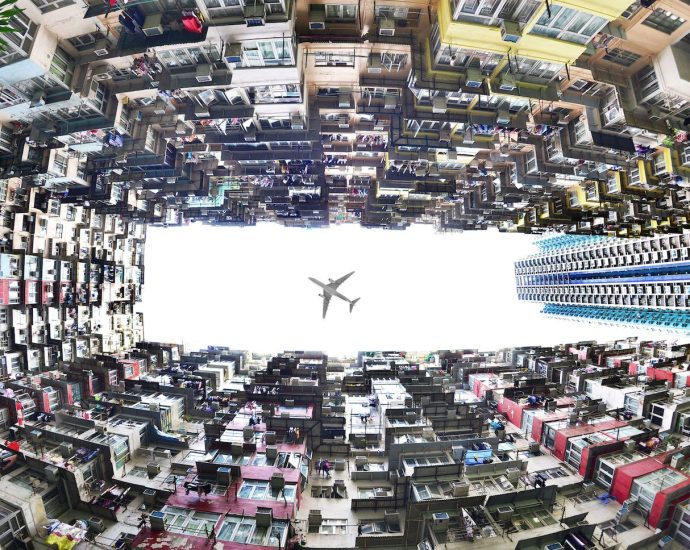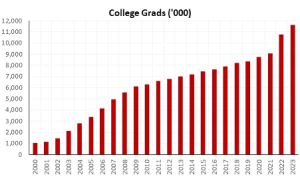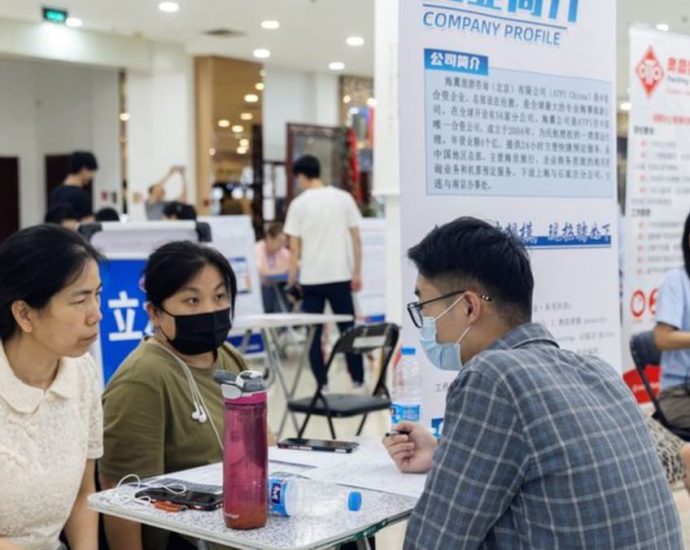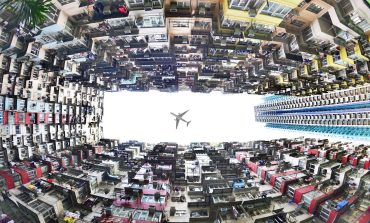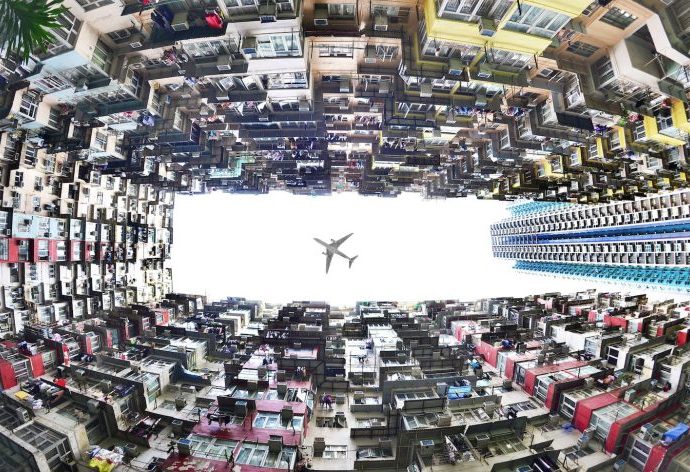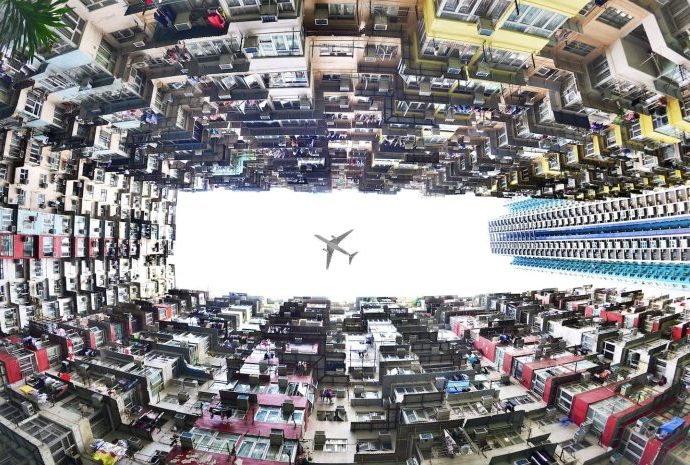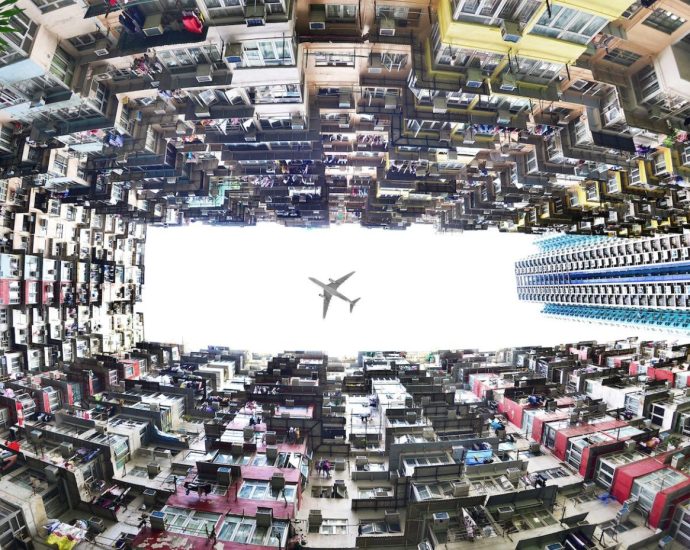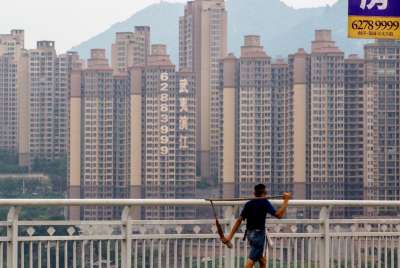Israel issues alert after blast near embassy in India
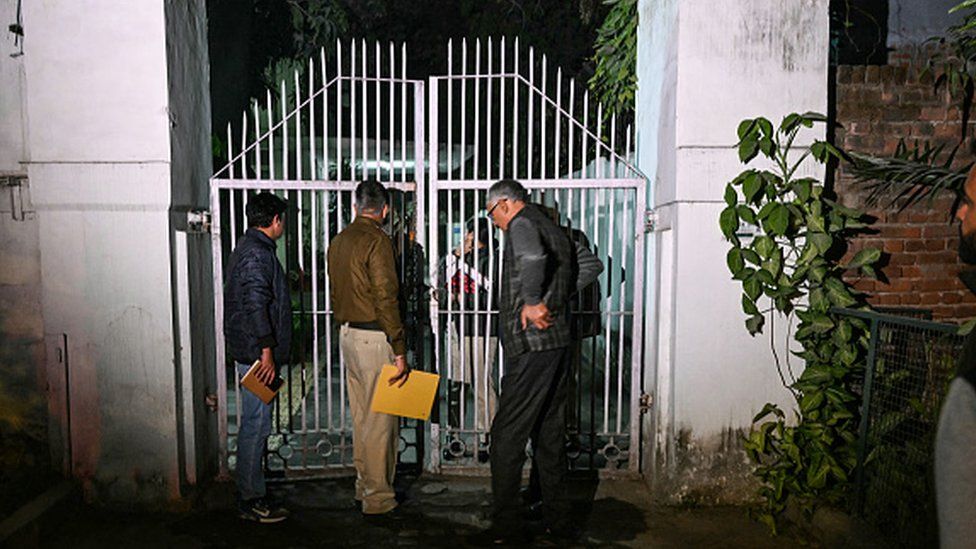 Getty Images
Getty ImagesIsrael has upgraded its travel advisory for citizens in India after a low-intensity explosion near the country’s embassy in Delhi.
The blast took place on Tuesday evening in the capital’s Chanakyapuri diplomatic enclave.
Nobody was injured, but police said they recovered shrapnel from the spot. An investigation is under way.
Israel has asked its citizens to avoid crowded places like malls and markets, and skip large-scale events.
It added that “it is possible” the explosion was an “attack” and there was “a fear of a recurrence of the events”.
In a public message on Tuesday, the country’s National Security Headquarters (NSH) also warned Israelis staying in India – and Delhi in particular – to stay alert, avoid displaying “Israeli symbols” in public and not post their trip details or photos on social media channels.
Earlier this month, the NSH warned Israelis to reconsider all their travel abroad and called on those who do need to travel overseas to avoid outward displays of their Jewish identity amid the ongoing war in Gaza.
It began on 7 October after Hamas led a wave of deadly attacks on communities inside Israel. Some 1,200 people, mainly civilians, were killed. Gaza’s Hamas-run health ministry says least 20,915 Palestinians have been killed – mostly children and women – in more than 11 weeks of fighting.
The claims by the warring sides have not been independently verified.
Meanwhile, authorities in India said they had tightened security around the embassy and other Israeli establishments in Delhi.
In 2021, an explosion was reported outside the Israeli embassy in which cars were damaged. However, no deaths were reported in the incident.
BBC News India is now on YouTube. Click here to subscribe and watch our documentaries, explainers and features.

Read more India stories from the BBC:


